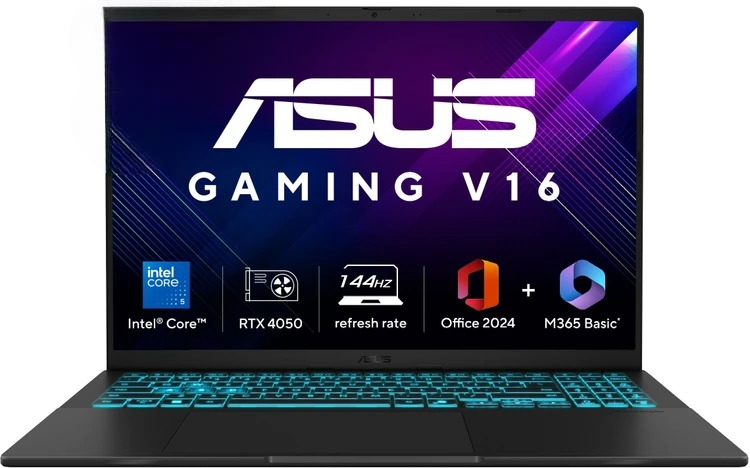Samsung QN90A Neo QLED TV Review
Introduction
The Samsung QN90A Neo QLED TV combines cutting-edge mini-LED backlighting and quantum dot technology, delivering stunning 4K pictures. This review examines power use and value, advantages and drawbacks, final assessment, and competitors.
Energy Consumption & Efficiency
Energy Rating
The Samsung QN90A earns a “G” energy classification in some markets, reflecting balanced output and utilization. While not the highest rating, normal operation draws around 60 Watts, peaking at 118 Watts during bright HDR modes.
Various Modes’ Power Use
- Sleep Mode: The 0.5 Watt standby setting saves energy when inactive.
- Eco Modes: An Eco Sensor automatically adjusts brightness based on ambient lighting, cutting consumption in lit rooms.
- Eco Modes & Power Saving Attributes
- Solar Cell Remote: This remote charges via daylight or indoor light, removing disposable battery needs.
- Automatic Shut Off: Preventing wasted electricity by powering down after periods of inactivity.
Cost & Worth
Price Versus Competition
Listed at $2,599 for 65 inches, the Samsung exceeds rivals like the $1,099 50-inch Sony X90J and $2,000 65-inch LG QNED90 through superior radiance and mini-LED technology, albeit at a higher price tag.
Best Alternatives Offer Comparable Performance
- The LG C1 OLED delivers superiorcontrast with Dolby Vision but lacks the Samsung’s peak brightness.
- The Sony X95J provides a comparable picture with better local dimming and HDR support. However, its brightness trails behind.
- For those on a budget, the TCL 6-Series includes new mini-LED backlighting yet offers fewer next-gen features and lower overall brightness versus the competition.
- Discounts Frequently Surface During Gift-Giving Seasons
- Come 2025 holiday sales, savvy shoppers can find the already affordable QN90A even more reasonably priced, solidifying its position as a top choice for value-conscious buyers.
Evaluating Strengths and Limitations
Key Advantages
- Outshines All With its Exceptional Peak Brightness: ideal for illuminating HDR scenes.
- New Mini-LEDs dramatically improve contrast control and reduce bloom.
- As a Gamer’s Dream, it Flaunts HDMI 2.1, VRR, 120Hz, and Snappy Response Times.
- The removable remote relies on solar energy for truly eco-conscious enjoyment.
Main Constraints
- A Single HDMI 2.1 Input May Prove Limiting for Multi-Device Setups.
- Lacks Support for the Popular Dolby Vision Format.
- Some Blooming Still Visible in High-Contrast Movie Scenes.
Ideal Audience
- Those Seeking a TV for Bright Living Rooms Will Love Fighting Glare.
- Gamers Will Appreciate the Low Lag and Suite of Gaming-Centric Features.
- Cinematic Aficionados Will Be Thrilled by the HDR10+ Punched-Up Visuals.
Who May Want to Look Elsewhere
Dolby Vision Fans Missing Key Capabilities Will Want to Consider Alternatives.
Budget Shoppers: While the QN90A delivers outstanding picture quality, it comes at a high price. More affordable options exist that offer comparable features.

Final Assessment
Overall Rating
The Samsung QN90A Neo QLED TV earns top marks of 9/10 for its blinding brightness, gaming-centric design, and general performance excellence.
Best Uses
Films: The display’s vibrant HDR and profound blacks bring movies to life like never before.
Games: With next-gen ready HDMI 2.1 and super-smooth VRR, it’s ideal for intense gameplay.
Sports: The lighting-fast 120Hz panel and motion handling make fast-paced action flow seamlessly.
Daily Viewing: Tizen’s clever smarts and wide viewing angles create an engrossing TV for all content.
Bottom Line
The QN90A is worth the investment for those prioritizing top-shelf luminosity and gaming features. However, budget shoppers or fans of Dolby Vision may find better value elsewhere.
Competition Comparisons
Samsung QN90A vs LG C1 OLED
- Brightness: The QN90A overwhelms with light, ideal for illuminating rooms. Meanwhile, the C1 excels in contrast with its perfect blacks.
- Gaming: Both support the latest gaming tech, but the C1 has more HDMI 2.1 ports for multiple devices.
Samsung QN90A vs Sony X95J
- Local Dimming: Sony’s local dimming superiorly minimizes blooming during dark scenes.
- HDR Formats: The X95J adds Dolby Vision support, while the QN90A lacks it.
- Brilliance: The QN90A overwhelms with a brightness that maximizes HDR’s potential.
Samsung QN90A vs. TCL 6-Series
- The QN90A boasts a brighter mini-LED panel and premium build quality compared to the more affordable but feature-limited TCL 6-Series.
- Both TVs support the next-gen HDMI 2.1 standard for advanced gaming, but the Samsung handles fast motion and reduces input lag far better than the TCL for an ultra-smooth experience.
- While the TCL attempts to produce HDR highlights, the QN90A truly brings out the details in shadows and highlights through its dazzling mini-LED backlight control.
Conclusion
As the top-shelf option for avid gamers and picture quality aficionados alike, the QN90A Neo QLED justifies its lofty price tag through its phenomenal brightness, input accuracy, and finessed HDR handling. Though HDMI ports and Dolby Vision are scarce, the QN90A is in a league of its own for those prioritizing a no-compromise home theater showcase above all else.



